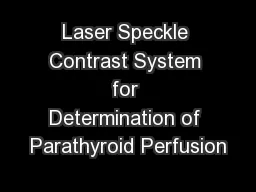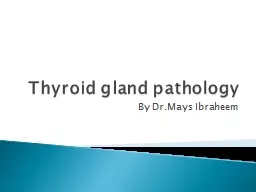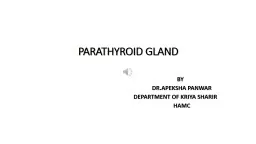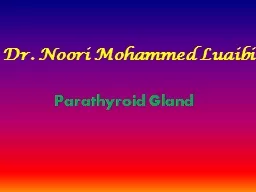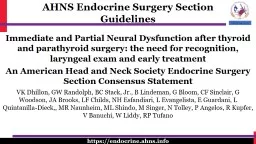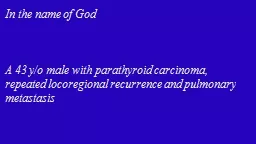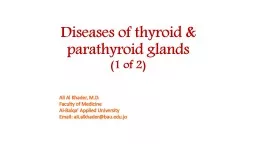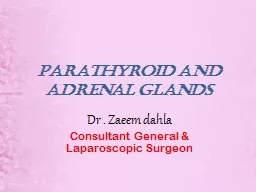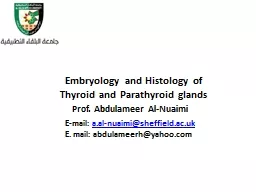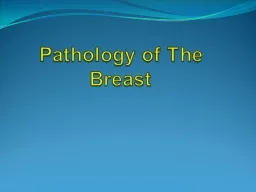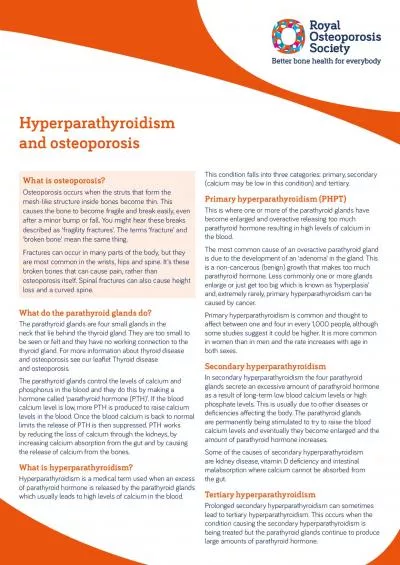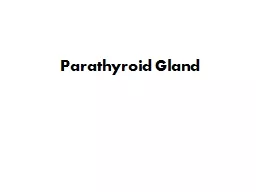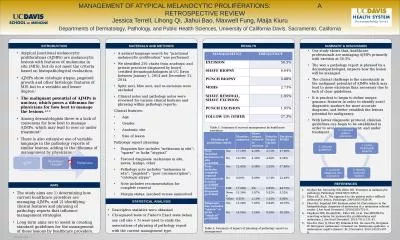PPT-Are thyroid and parathyroid lesions wrongly reported in a thyroid pathology
Author : summer | Published Date : 2023-09-23
sample Does ultrasound help to differentiate adenoma lesions from parathyroid carcinoma Parathyroid carcinoma is rare representing lt 1 of primary hyperparathyroidism
Presentation Embed Code
Download Presentation
Download Presentation The PPT/PDF document "Are thyroid and parathyroid lesions wro..." is the property of its rightful owner. Permission is granted to download and print the materials on this website for personal, non-commercial use only, and to display it on your personal computer provided you do not modify the materials and that you retain all copyright notices contained in the materials. By downloading content from our website, you accept the terms of this agreement.
Are thyroid and parathyroid lesions wrongly reported in a thyroid pathology: Transcript
Download Rules Of Document
"Are thyroid and parathyroid lesions wrongly reported in a thyroid pathology"The content belongs to its owner. You may download and print it for personal use, without modification, and keep all copyright notices. By downloading, you agree to these terms.
Related Documents


